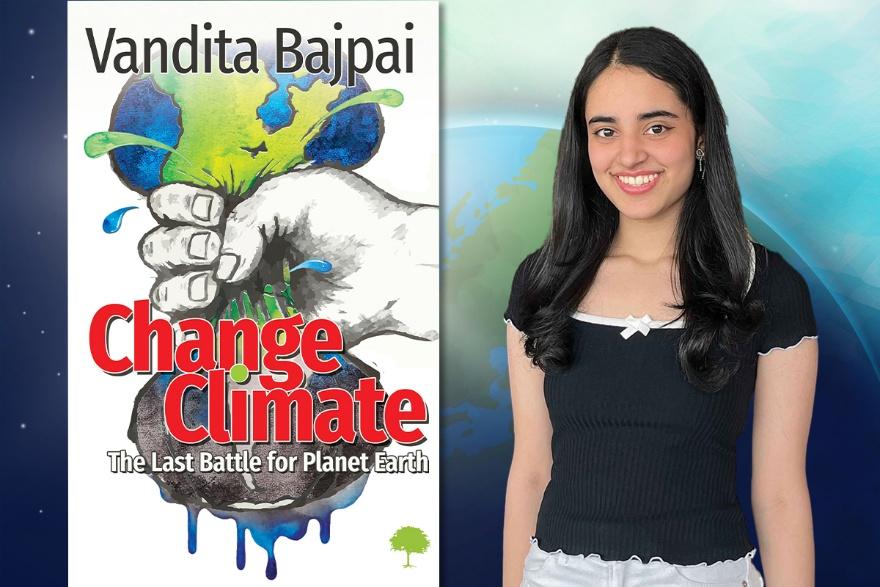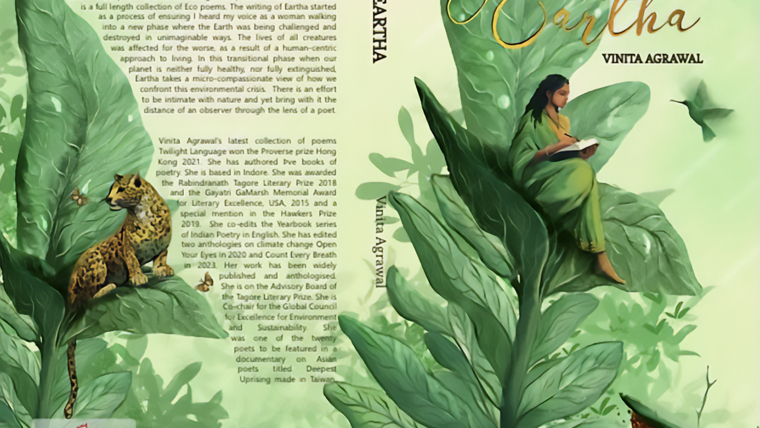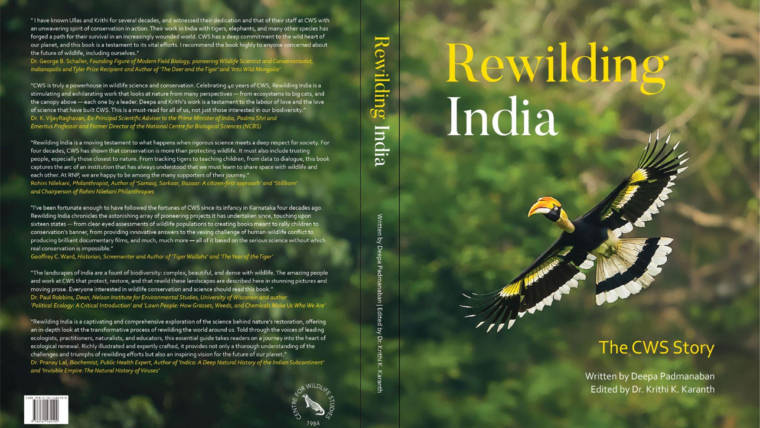With natural disasters now an almost daily reality, Change Climate is a visceral and urgent call to arms for the last generation that can wage a war to save our planet. In a world where cities are on the verge of drowning and oceans are poisoned with plastics, this book confronts the gravity of our environmental time bomb with an impassioned plea to turn back the clock.
Targeted at young readers, this book isn’t a lecture—it’s a practical blueprint for how each one of us can make a difference.
Chapter – The Crumbling Glasshouse
Believe it or not, but the amount of Carbon Dioxide in the atmosphere today is more than it has ever been in the past 8,00,000 years.
As per innumerable climate studies, the last two decades of the 20th century have been the warmest in the last four centuries.
In the month of May, year 2020, the concentration of carbon dioxide in the atmosphere hit the highest it has ever been in human history.
Approximately 1,079 metric tons of carbon dioxide is being released into the atmosphere every second, caused by the burning of fossil fuels worldwide. Yes, you read that right. One thousand metric tons of CO2 per second.
We’re the ones ruining ourselves.
Galloping towards our own endgame.
Politicians, industrialists, academia… are well aware of what all can happen if we continue dumping CO2 into the air. But no, why bother stopping? Climate activism doesn’t translate into election votes or into profit dollars. Therefore, none of those in influential positions seem to care.
It doesn’t help either that we’re all leading such lives that we literally cannot survive without directly or indirectly adding carbon dioxide into the air all the time. But this is not a sustainable model. Sooner than later, the Earth shall revolt.
A common question that comes up every now and then is… why exactly is carbon dioxide bad? It’s just another gas after all.
Also, is it the only culprit responsible for wrecking our breathable air?
We’re Suffocating Ourselves
Greenhouse Gases.
They’re the ones causing all the madness in our environment.
Wait, but first, what are they?
The most common greenhouse gases (GHGs) are Carbon Dioxide, Methane, Nitrous Oxide, Hydrofluorocarbons, Ozone, even water vapour, and more. Okay, okay, maybe they’re not completely atrocious. In fact, life on this planet would be impossible without these in the first place. All of these have a unique characteristic which is that they are able to trap some of the Sun’s heat on the planet and prevent it from escaping. Without them, the Earth would be unimaginably cold (around minus 18 degrees Celsius), next to impossible to survive on. Bleak and misty all the time, with frosty gusts of wind blowing, a permanent ice age so to speak.
Take Ozone for example. A layer of it in the Stratosphere (the second tier of our atmosphere that stretches between around 10 kms to 50 kms up in the sky) prevents the harmful Ultraviolet rays of the Sun from reaching us. So, duh, they’re super awesome for us in a way too. But ever heard the phrase ‘too much of anything is not good’? That’s what’s happening here. There is way, way, way too much concentration of GHGs in the atmosphere, far more than what is necessary to support life. Without even realizing it, we’re systematically suffocating ourselves.
But how exactly is that happening, you ask?
If a red house is made of red bricks, if a blue house is made of blue bricks, if a white house is made of white bricks, what’s a greenhouse made of? Haha… it’s made of glass.
Well, a greenhouse is a structure ranging from the size of a small hut to that of larger buildings, with walls and a roof made of a transparent material like glass. Plants are nurtured in there so they can grow in a regulated temperature. To describe it very simply, most of the natural heat of the Sun that enters a greenhouse is unable to escape because of the glass cabin, keeping the enclosure warm even during nights or winters.
Now jog your brains and imagine our whole planet as one gargantuan greenhouse.
Do you see it now?
GHGs trap the Sun’s heat within our atmosphere, quite like the glass walls of a greenhouse. If they are present in the adequate amount, they retain just enough heat to keep the planet warm, and allow the rest of the solar radiation to escape into space. Once again, helping our beautiful planet fall in the sweet spot for life to thrive. Not too hot, not too cold.
But then it would only make sense that more the GHGs in the atmosphere, the more of Sun’s heat they would trap. This phenomenon is known as the Greenhouse Effect. Due to this effect, the excessive concentration of atmospheric GHGs causes absorption and retention of heat beyond normal levels, eventually leading to the Earth’s temperature to rise.
And that, my friends, is what we commonly call Global Warming.
Given the delicate and inter-dependent balance between the various spheres or ecosystems of our planet, this increase in the Earth’s temperature triggers fundamental and potentially cataclysmic shifts in climate patterns all over the world. In short, Climate Change.
Global Warming.
Climate Change.
Sound familiar?
Now We Need the Air Conditioner in October
Time for some not-so-fun trivia. Earth Overshoot Day is that day of the year by when we humans have managed to use-up so many natural resources of the Earth that our consumption of these ecological supplies exceeds the amount the planet can possibly renew in a full year. Every year, this date has been moving up the calendar. In 1987, Earth Overshoot Day occurred on 19th December.
In 2020, it fell on the 22nd of August.
Simply put, we already need around 1.7 ‘Earths’ to be able to sustain our current population. More on this later.
Imagine that.
In just one single lifetime of our grandparents, they say New Delhi winter has shifted from being a November-February season to a shrunk December-February phenomenon. It has decreased by almost a whole month in barely 60 years. It’s startling just to think about how direct and visible the impact has been.
Imagine what’s going to happen to our future generations. Winter will be reduced to a month? Maybe less? It’ll be unbearably hot through the entire year. What will happen to polar ice? To crops? To life-giving rivers? To forest lakes that support thousands of species of animals? And that would be just the tip of the iceberg.
All because we are permitting Global Warming to proliferate heedlessly.
Seventeen-year-old Vandita Bajpai is a student of business and commerce with an outstanding academic record. She aspires to be a social entrepreneur one day.



